
Ant-Proof Pet Food Dishes
In the summertime, a favorite destination for ants is often a pet's food bowl. Here's a simple way to keep them out of your dog or cat's food?set the dish in a pan of water. Not only does it keep the ants out of the pet food, but your pet can take a gulp of water from the pan whenever he or she needs a drink. Keep the rest of your home clear of ants, too.
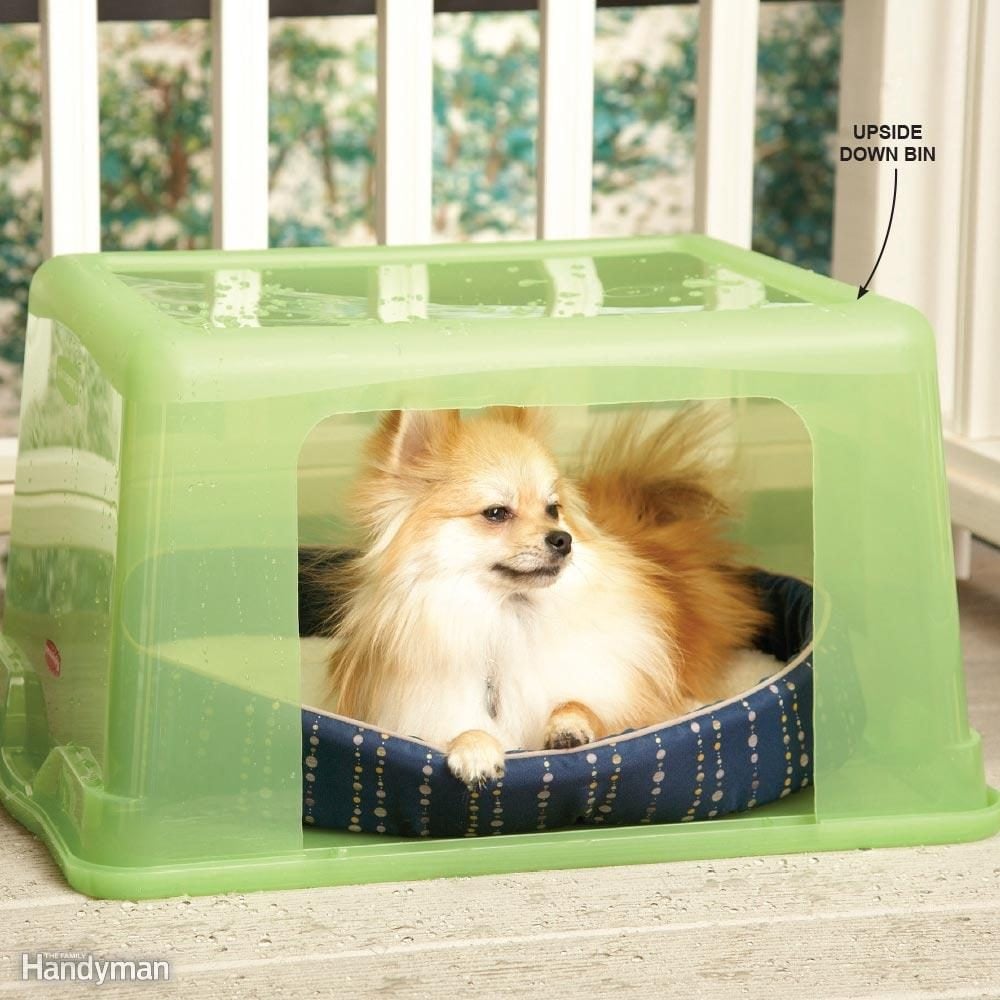
Rainy-Day Doghouse
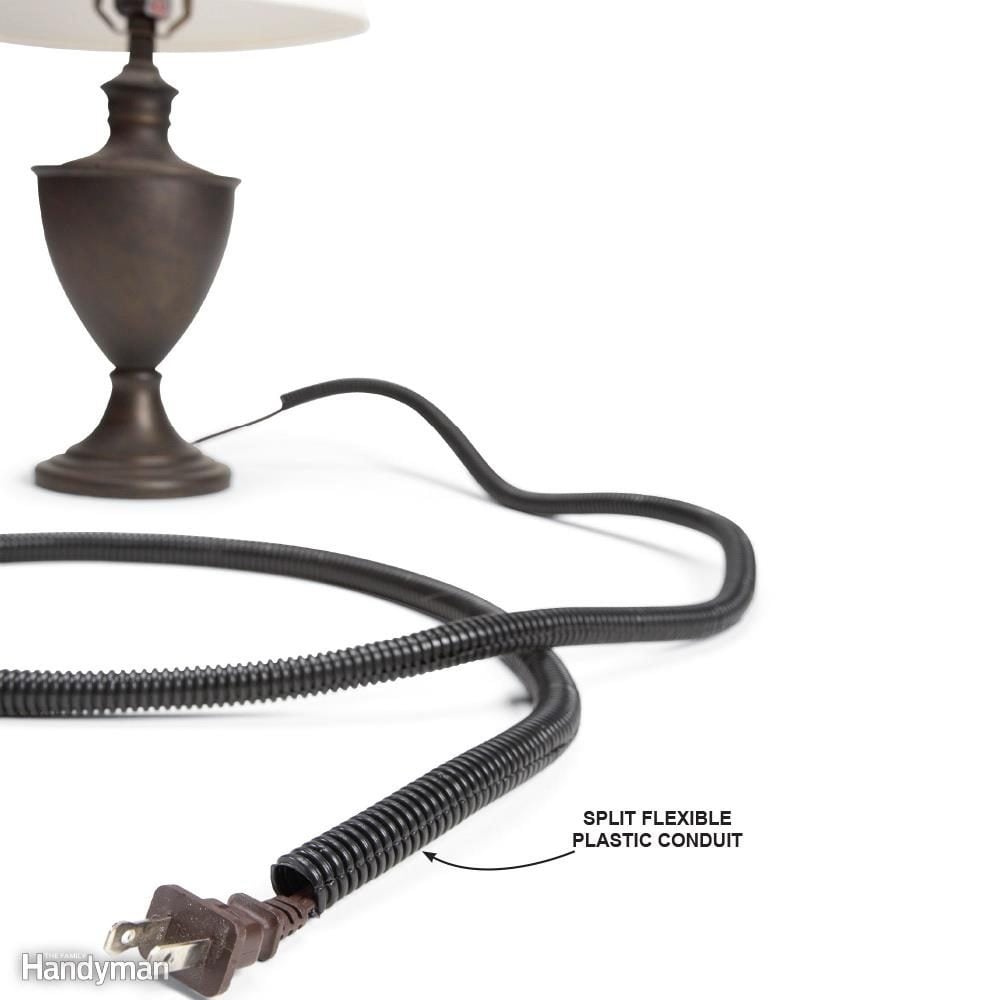
Chew-Free Electrical Cords
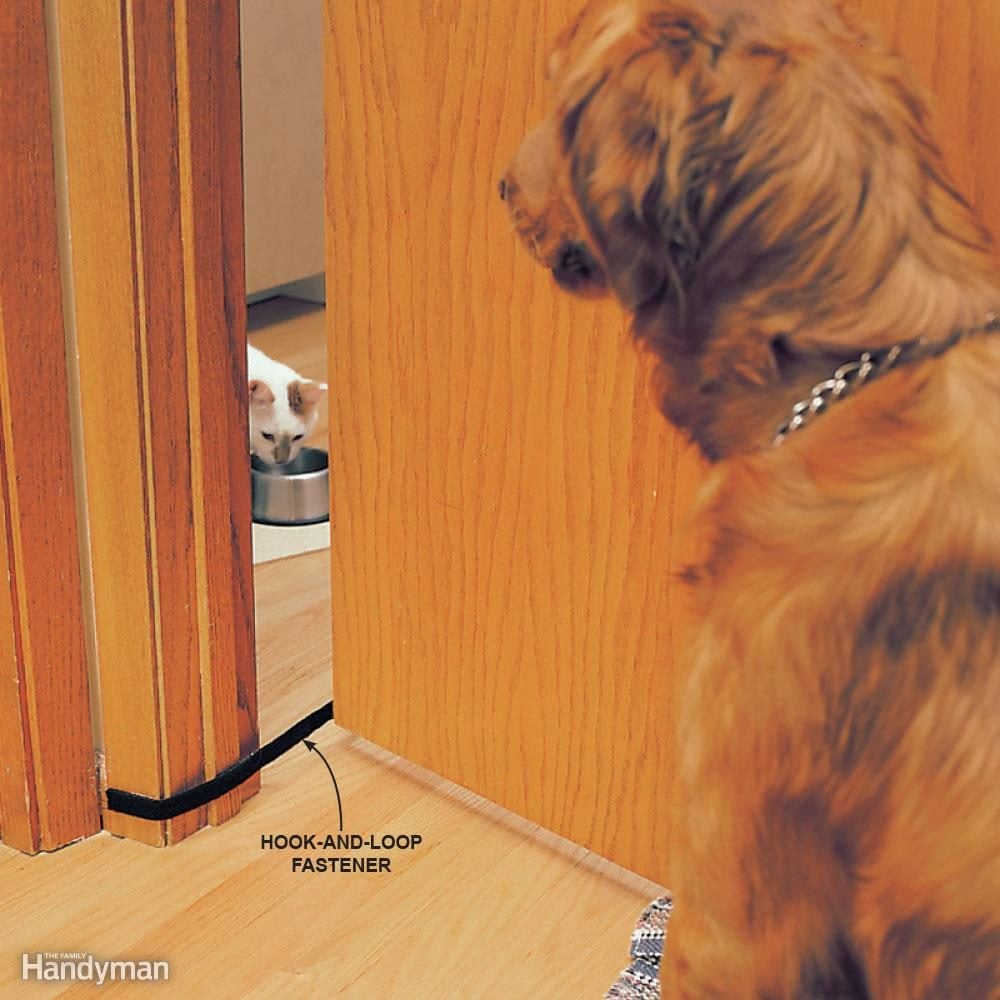
Private Dining
Does your dog eat your cat's food? Put a stop to the double-dipping by moving your cat's dish into a different room that has a door. Attach adhesive-backed hook-and-loop fasteners to the back of the door and to the front of the trim. After filling the cat's dish, hook up the fasteners so the door only opens 5 in. Now your cat can come and go and eat his meal in peace. If Fido is itchin' to get in, you may have some other work to do, too.
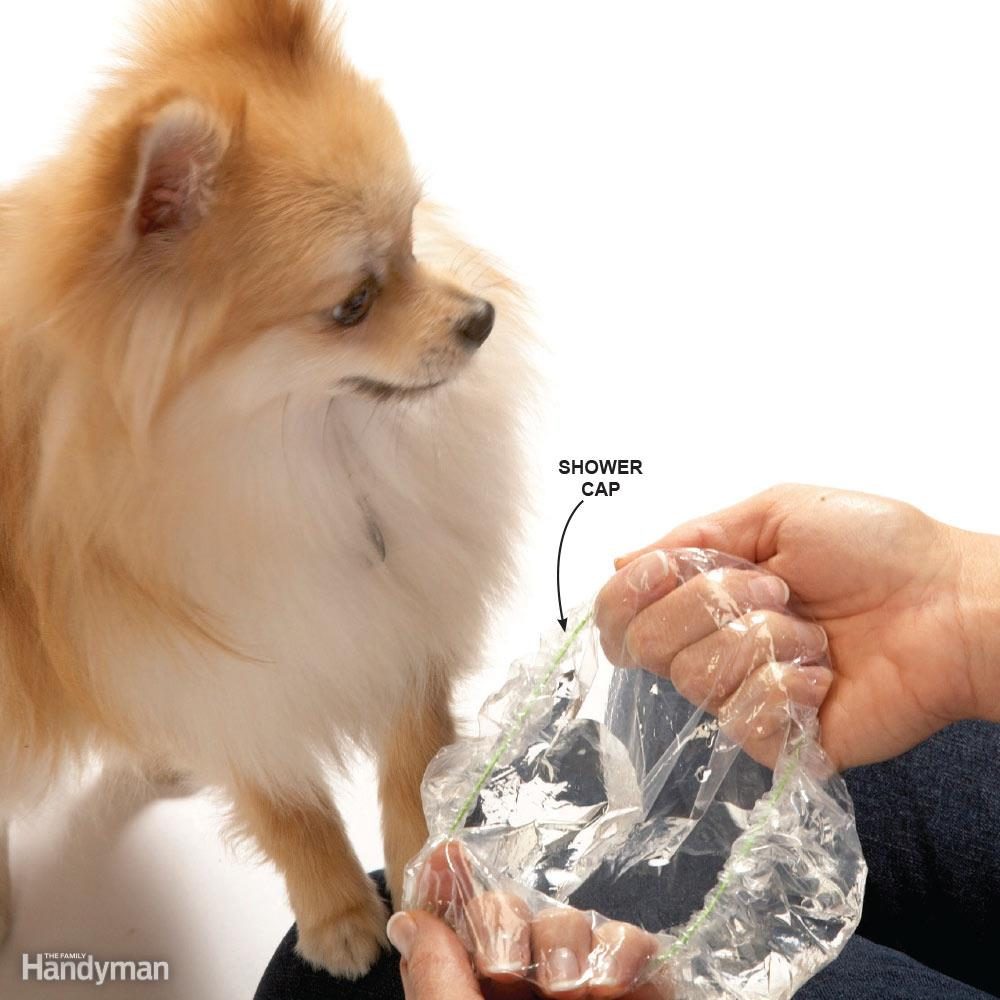
Portable Water Dish
Use a shower cap as a portable water bowl. A long walk with your dog on a hot day will make you and your pet pretty thirsty. Before leaving the house, stuff a plastic shower cap in your pocket. That way, you can give your dog a drink from any handy tap, drinking fountain or your water bottle whenever she needs a slurp.
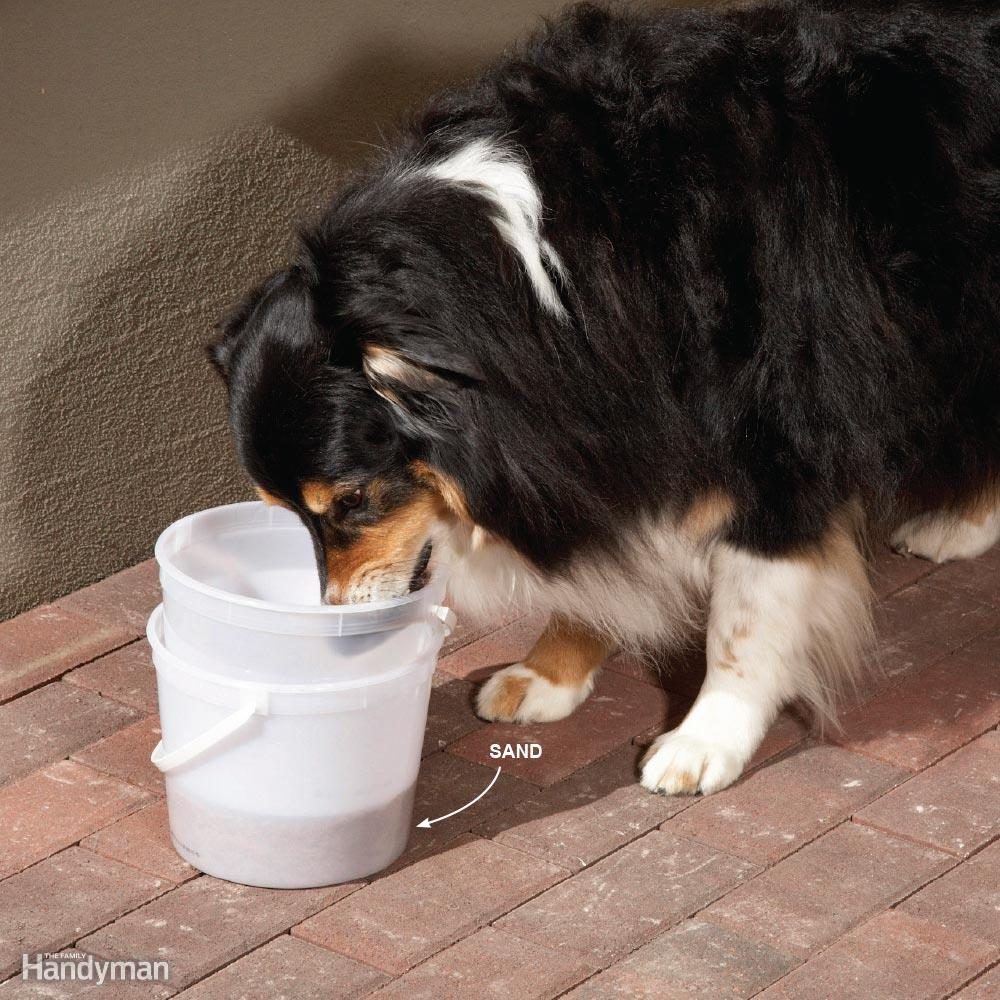
Wind-Proof Dog Dishes
How many times have you gone outside to fill your dog's food or water dish only to find that it's blown halfway across the yard? The really heavy pet dishes are expensive, but here's a cheap dog dish that won't blow away. Fill a plastic ice cream bucket with a couple of inches of sand, and then put a second container the same size inside it. Use the inside bucket as your dog's dish and it'll stay right where you put it. Next step: Build a chain link kennel for your dog.
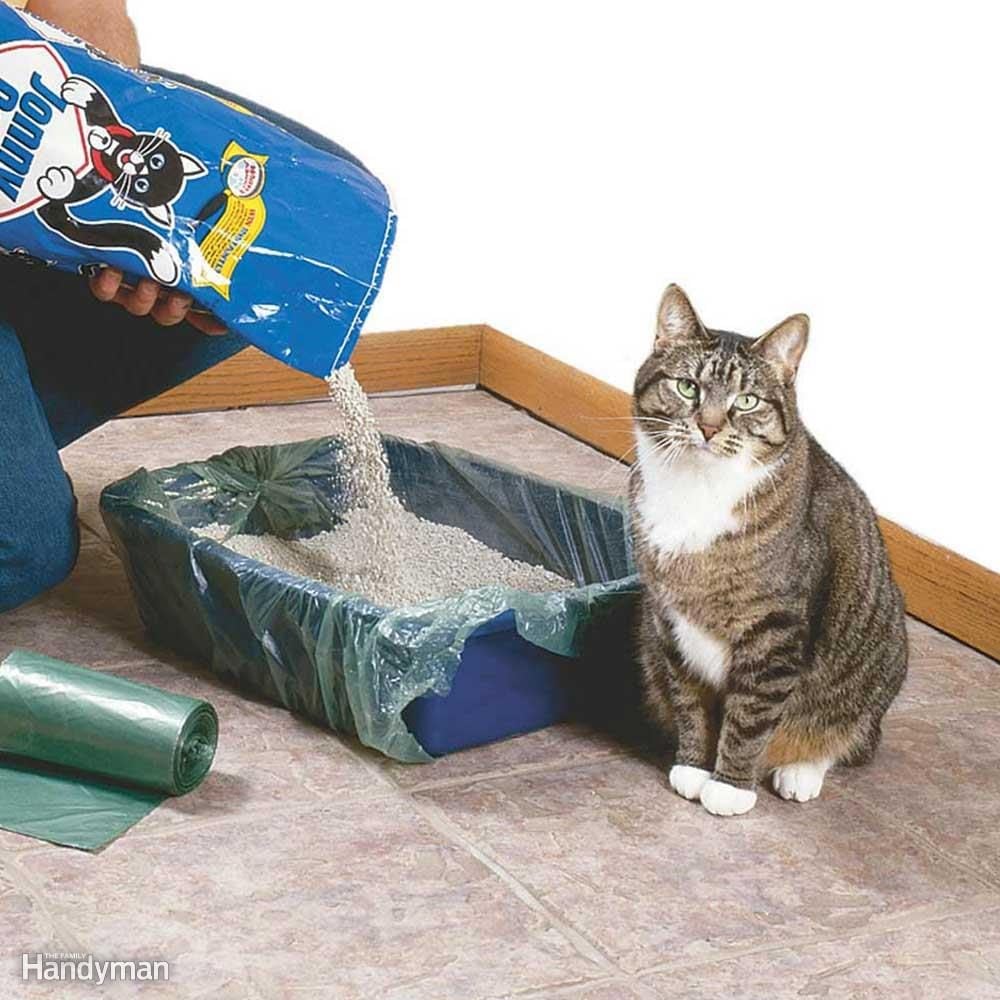
Quick Cleanup Cat Litter
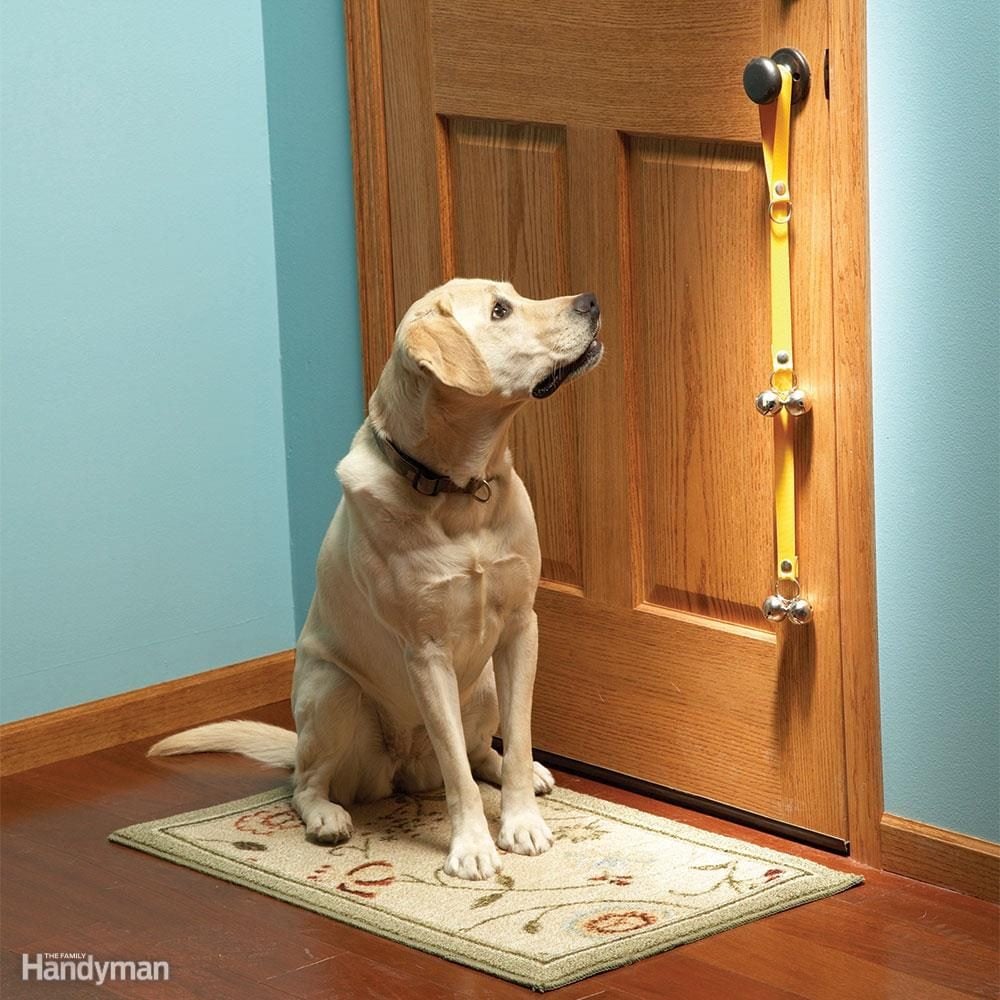
Bell Training for Dogs
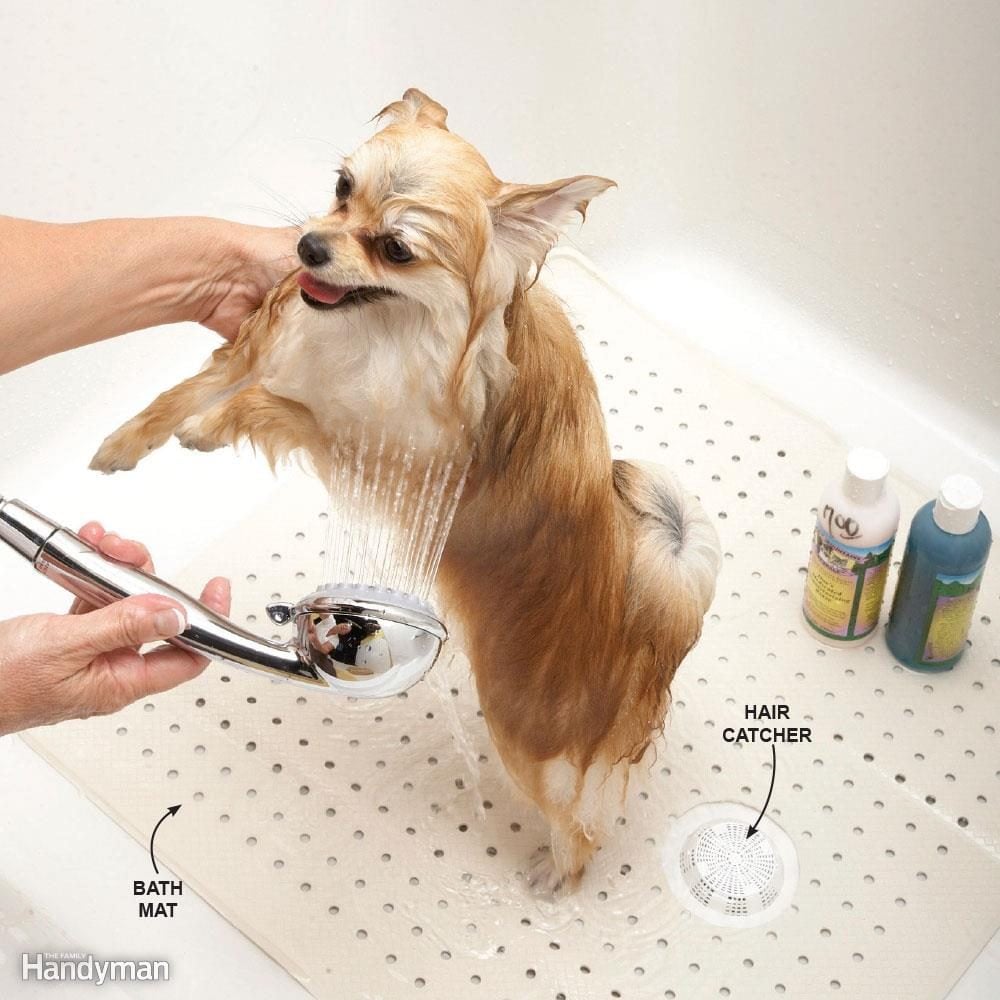
Easier Bath Time
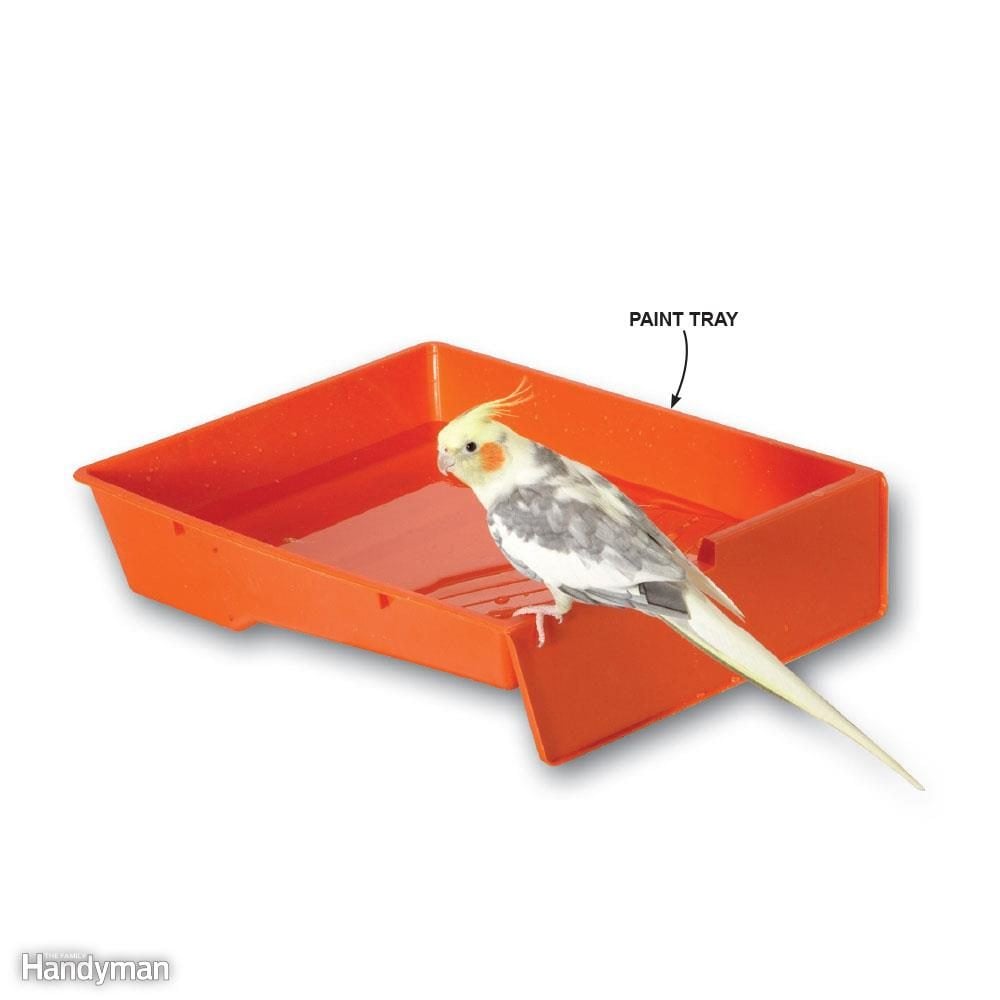
Paint Tray Birdbath
Many pet birds love to take baths. Next bath time, try using a new plastic paint tray as a bathtub! The ribs on the bottom of the tray provide traction, and the tray's slope allow your pets to wade in the shallow water until they're ready to move into the deep end. Paint trays are cheap and easy to clean, and they also make great turtle pools (but don't tell your birds).

No-Barking Zone
Does your dog's barking in the car drive you nuts? Try this trick: Every time your dog barks, close the windows (watch her head). She'll quickly learn that barking means no fresh air and no slobbery tongue flapping in the breeze. After a few car rides, you'll both be driving around in blissful silence.

Dog-Spot Lawn Solutions
Growing a neat lawn in an area frequented by dogs is difficult but not impossible. Here are a few tricks for keeping the grass green.
- Apply lime or gypsum regularly to neutralize the acid in the soil.
- Water the area heavily each week to dilute the urine.
- Don't fight it! Replace the grass with small round gravel (pea rock) bordered with stone cobbles or brick. Place landscape fabric beneath the rock to prevent weeds from popping up. And another plus?less grass to mow!
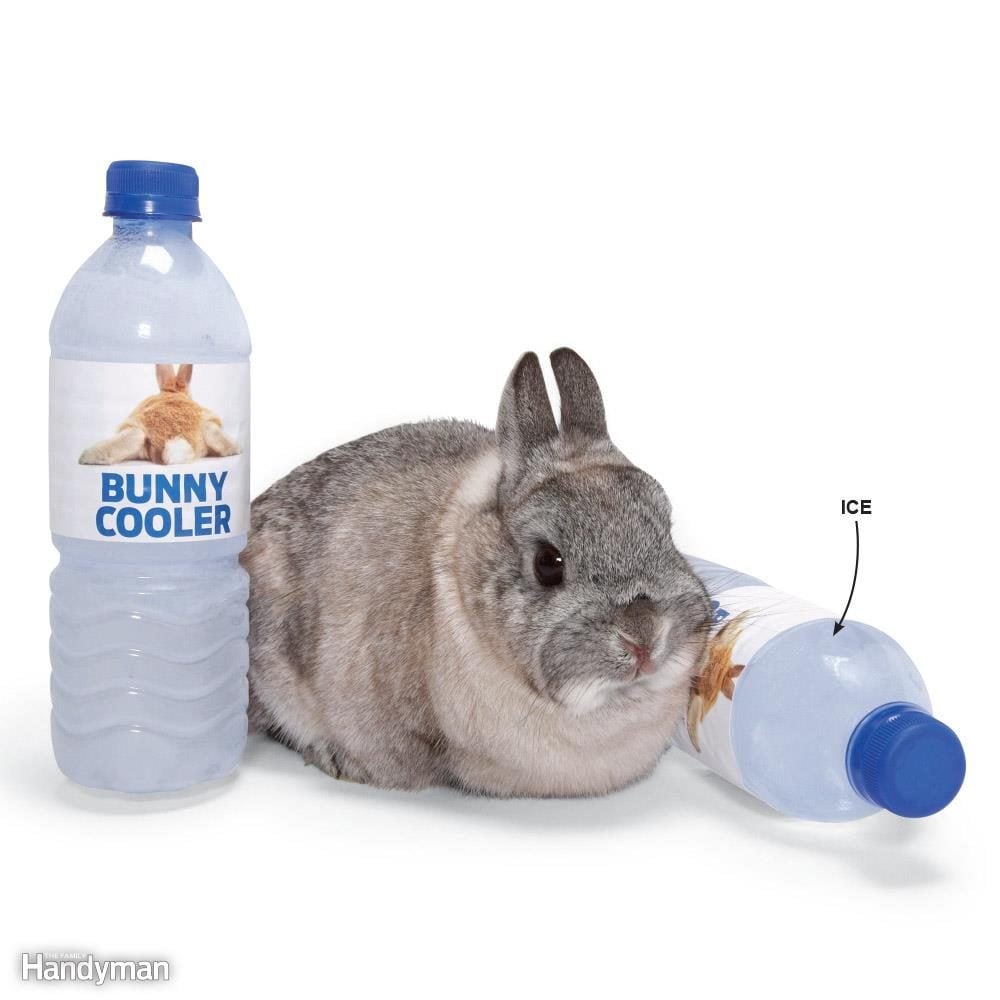
Bunny Rabbit A/C
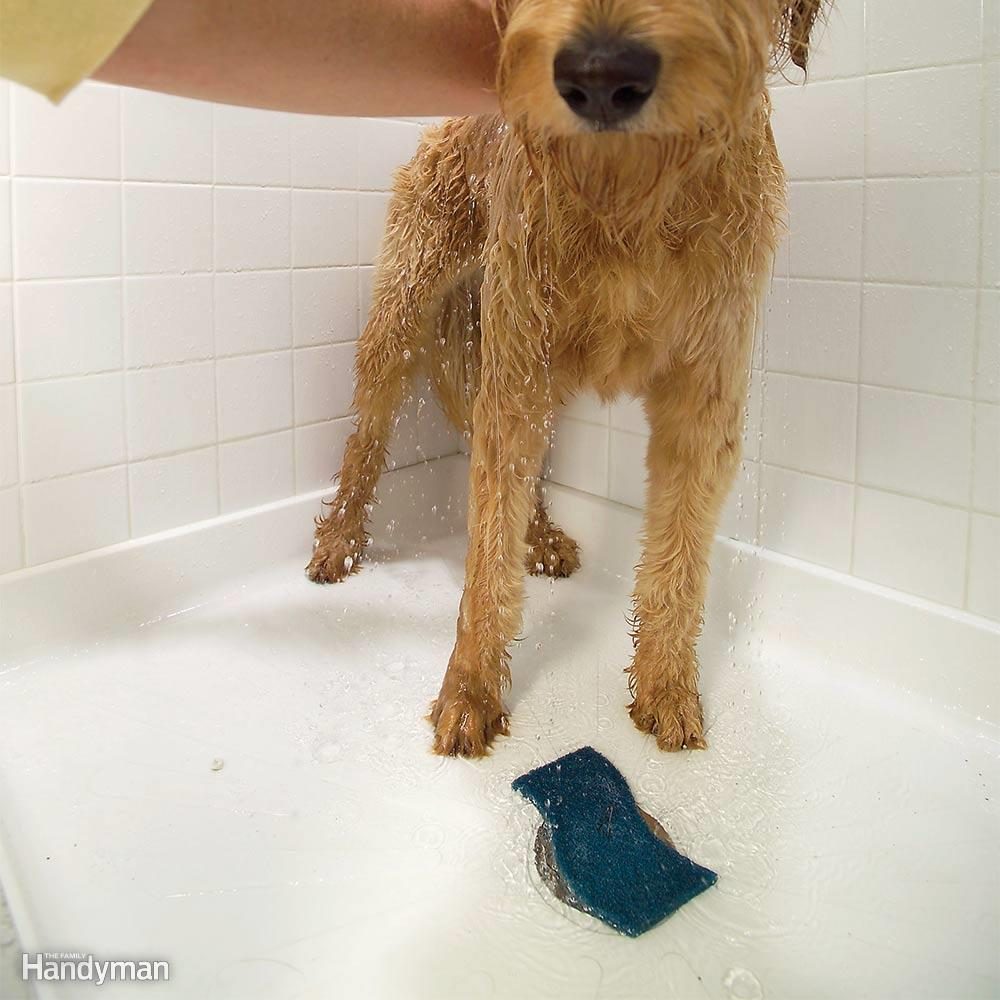
Fur Filter for Dog Bathing
If you wash your dog in the bathtub or shower, you're begging for a clogged drain. Keep fur out of the drain with a mesh-type scrubbing pad. In a shower, clip the pad to the drain plate with a bobby pin. In a bathtub, wedge two pads under the stopper from two sides. The pads catch fur but let water flow through.
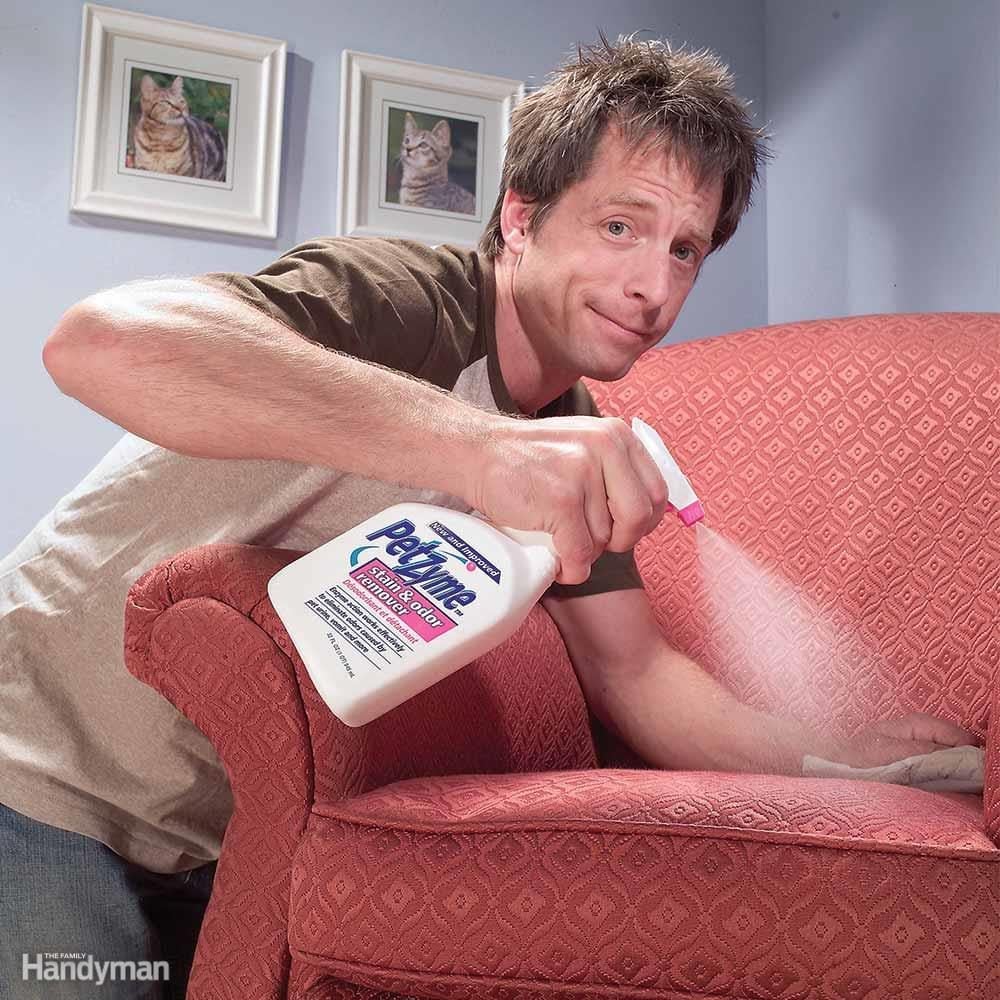
Enzymes Eliminate Pet Stains and Odors

Ideas for Clean Birdbaths
Keep the birds happy! To clean your birdbath, put two cups of vinegar in the bath and fill it to the brim with water. Cover with a trash-can lid, and let the bath soak over night. Scrub and rinse well. To attract butterflies to your birdbath and avoid algae, put a layer of builder's sand in the bottom of the birdbath. Add a pantyhose leg stuffed with oat straw inside to your water for an algae-free birdbath.
Photo: Leroy (Skip) Downum
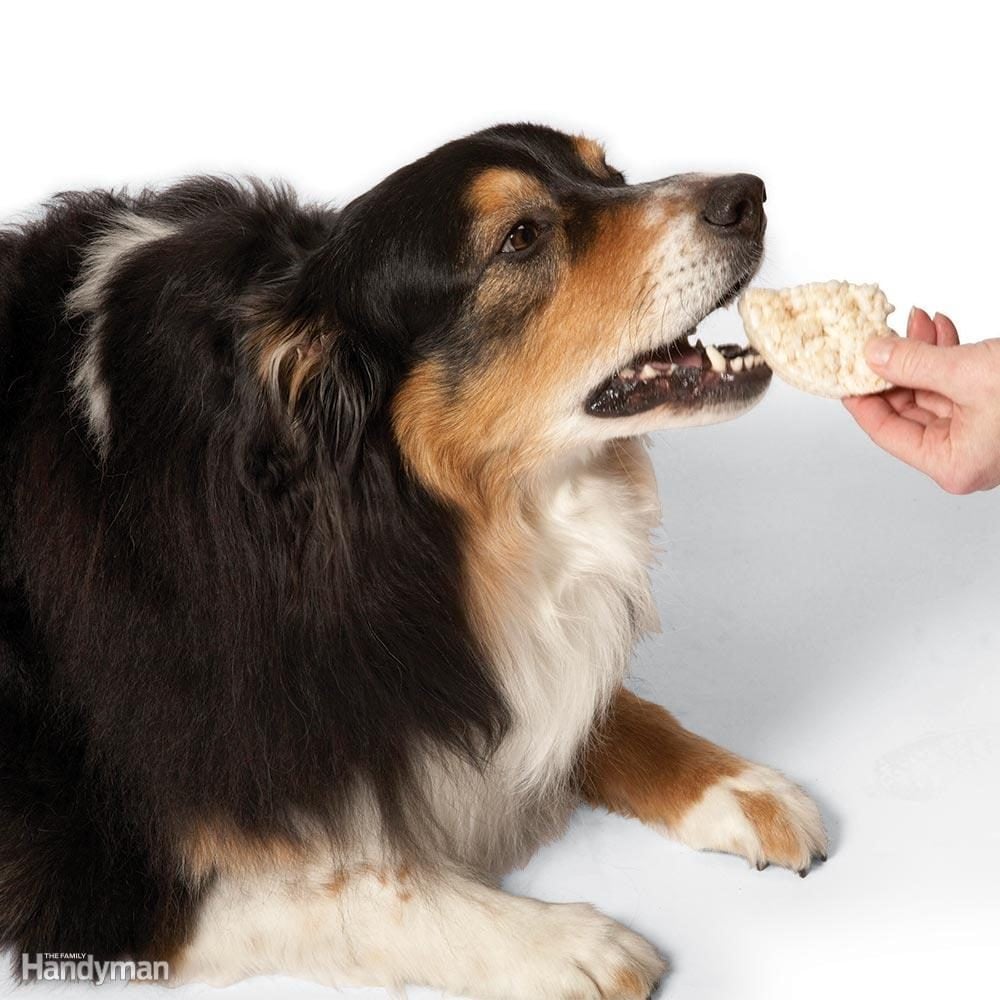
Low-Fat Dog Treats
Is your dog getting a little chubby? Try replacing his high-calorie treats with plain rice cakes. Even if you think they're tasteless, dogs go nuts over them and vets often suggest them as a lower fat (and less expensive) substitute for regular dog treats.
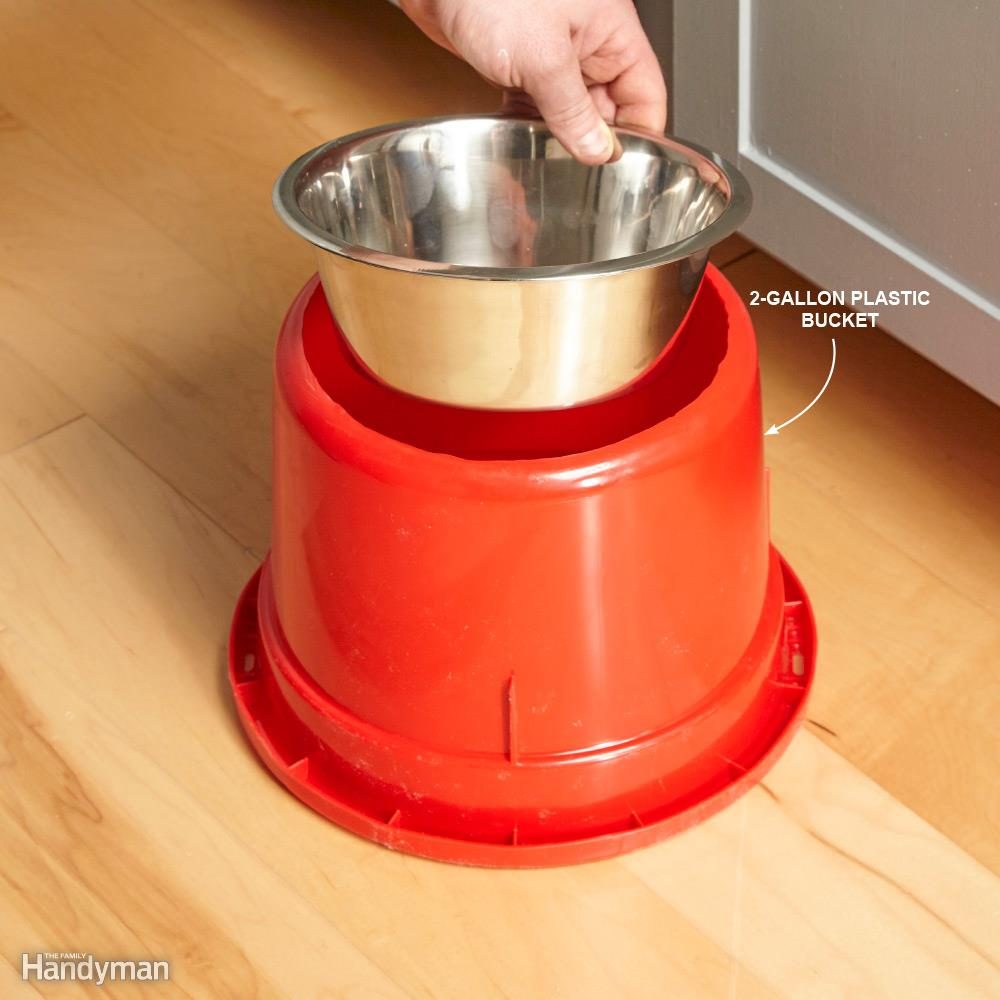
The Big-Dog Diner
My dog is pretty big, and I hate seeing him strain his neck every time he eats from his bowl. You can buy a pair of elevated dog bowls for $20 to $40 at pet stores, but I decided to make my own out of a couple of cheap 2-gallon plastic buckets from a discount store. I just flipped them upside down, cut holes in the bottoms with a jigsaw and set a couple of 2-qt. stainless steel bowls into the openings.